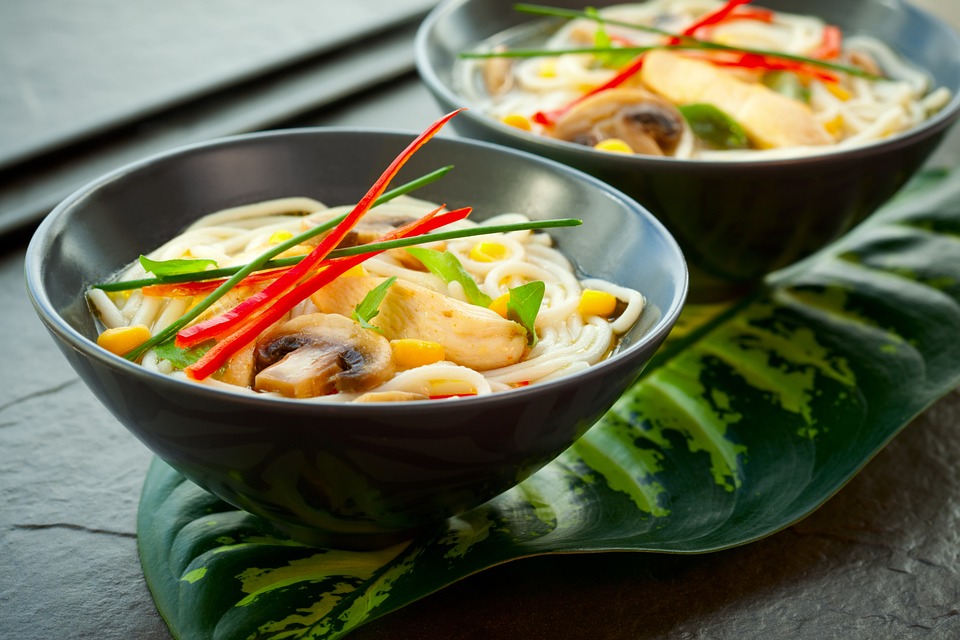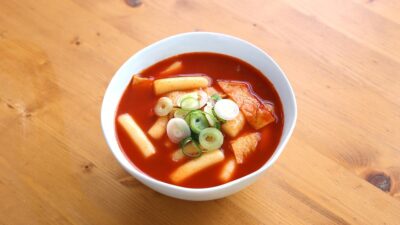Introduction
Chinese cuisine is celebrated worldwide, known for its rich flavors, diverse ingredients, and intricate cooking techniques. At the heart of this culinary tradition lies an essential tool that has transcended mere utility: chopsticks. These simple yet sophisticated utensils carry a profound cultural significance, serving as a window into the history, philosophy, and social practices of China.
The Origins of Chopsticks
Chopsticks, or "kuai zi" (筷子), are believed to have originated around 1200 BCE during the Shang dynasty. Initially, they were used as cooking tools rather than for eating, allowing chefs to handle hot food. Over time, they evolved into eating utensils, reflecting the changing dynamics of Chinese dining practices.
The use of chopsticks is closely tied to the philosophy of harmony and balance found in Chinese culture. The design of chopsticks promotes a communal dining experience. In traditional meals, multiple dishes are served simultaneously, encouraging sharing and fostering connections among diners. This notion aligns with the Confucian ideals of collective harmony, emphasizing family and community over individualism.
The Art of Eating with Chopsticks
Using chopsticks is an art form in its own right. While it may seem simple, mastering them involves technique and precision. The correct way to hold chopsticks is to rest one stick between the thumb and index finger while using the other to pivot and squeeze food. This method allows for dexterity, aligning with the Chinese belief in balance—wherein the fingers, sticks, and food must cooperate harmoniously.
Different regions of China also embrace distinctive styles of chopsticks, varying in material, length, and design. For instance, traditional wooden chopsticks are common in many areas, while metallic ones might be favored in urban settings. In southern China, shorter chopsticks are often used, while northern regions utilize longer sticks, reflecting local customs and dining practices.
Cuisine and Cultural Symbolism
Chinese food is not only about sustenance but also about cultural identity and symbolism. Many dishes feature auspicious ingredients, such as fish for prosperity or dumplings for wealth, especially during festivities like the Lunar New Year. The presentation of food also plays a role in Chinese culture, where color and arrangement signify respect and hospitality.
Chopsticks themselves embody this symbolism. They are often crafted from materials like bamboo, wood, or stainless steel, each chosen for their practical and aesthetic qualities. The careful selection of chopsticks can reflect a host’s sentiments towards their guests—a testament to the importance of relationships in Chinese society.
Global Influence of Chinese Cuisine
Chinese food has traveled far beyond its homeland, with variations emerging in countries around the world. From American Chinese takeout to the refined dim sum served in Hong Kong, the adaptability of Chinese cuisine is remarkable. However, traditional dining etiquette, including the use of chopsticks, remains a cultural touchstone even in diaspora communities.
In recent years, there has been a resurgence of interest in authentic Chinese dining experiences, marked by a growing appreciation for regional cuisines and traditional cooking methods. As more people embrace the art of chopsticks, there’s a renewed focus on not just the food itself, but the rich stories and traditions that accompany it.
Conclusion
Chopsticks are more than just a means to enjoy Chinese food; they are entwined with the very essence of Chinese culture. From their origins in ancient dynasties to their role in modern culinary practices, these utensils symbolize community, harmony, and cultural identity. As global culinary borders continue to blur, the art of using chopsticks serves as a reminder of the rich, historical tapestry that defines Chinese cuisine—a celebration of flavors, traditions, and the shared experience of dining.



